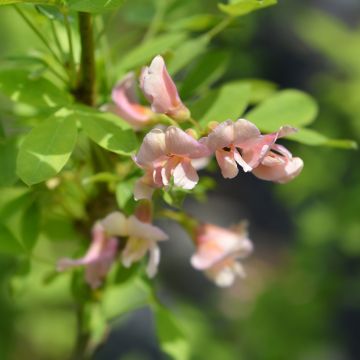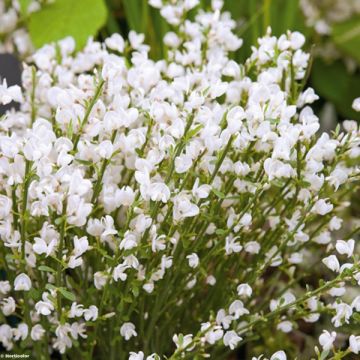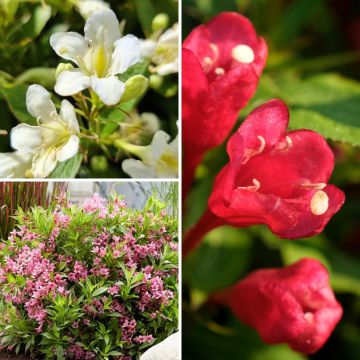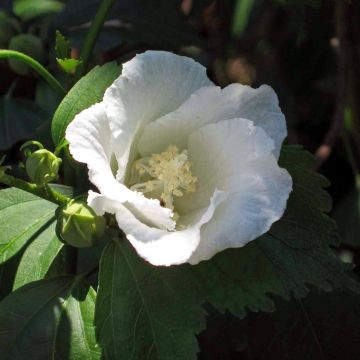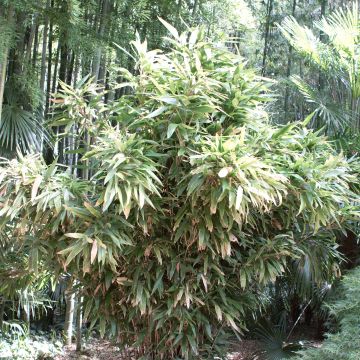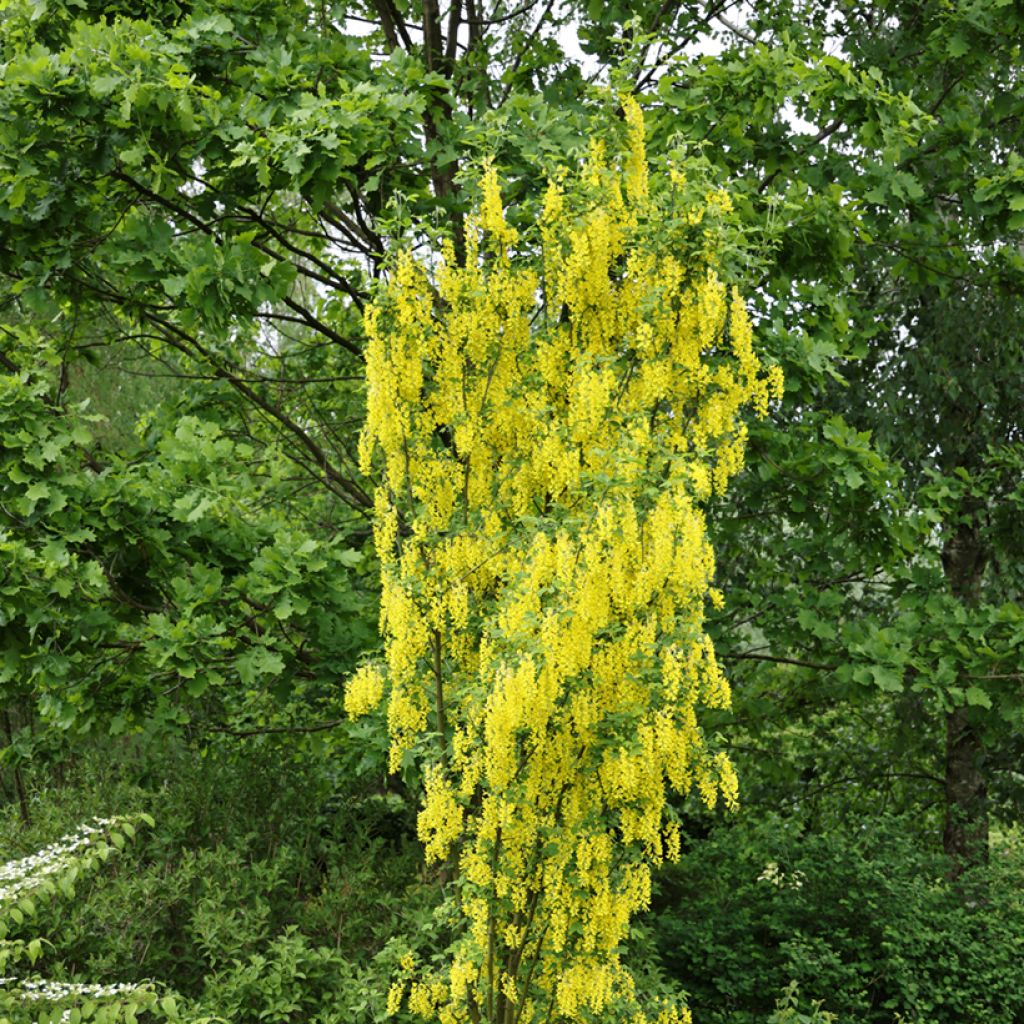

Laburnum anagyroides Yellow Rocket
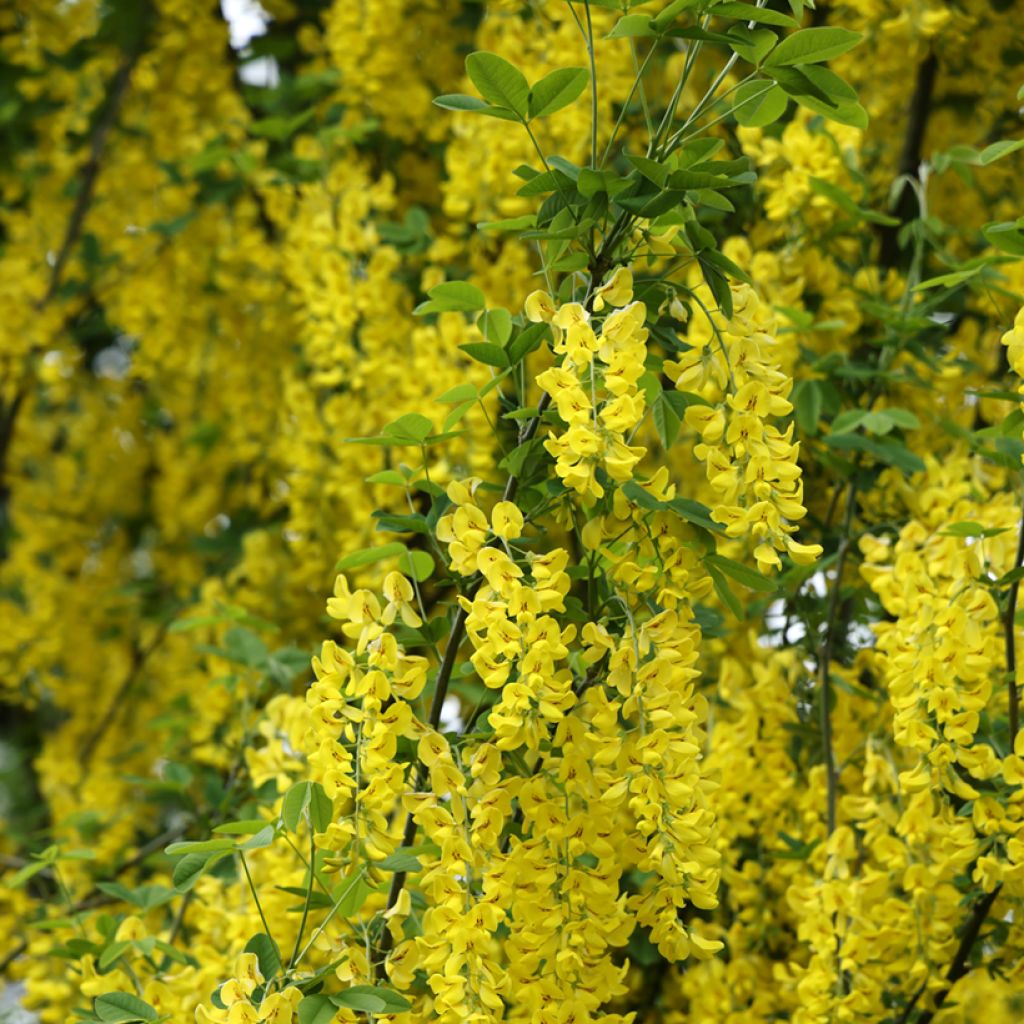

Laburnum anagyroides Yellow Rocket
Laburnum anagyroides Yellow Rocket
Laburnum anagyroides Yellow Rocket®
Common Laburnum, Golden Chain, Bean Tree, Golden Rain
Special offer!
Receive a €20 voucher for any order over €90 (excluding delivery costs, credit notes, and plastic-free options)!
1- Add your favorite plants to your cart.
2- Once you have reached €90, confirm your order (you can even choose the delivery date!).
3- As soon as your order is shipped, you will receive an email containing your voucher code, valid for 3 months (90 days).
Your voucher is unique and can only be used once, for any order with a minimum value of €20, excluding delivery costs.
Can be combined with other current offers, non-divisible and non-refundable.
Home or relay delivery (depending on size and destination)
Schedule delivery date,
and select date in basket
This plant carries a 24 months recovery warranty
More information
We guarantee the quality of our plants for a full growing cycle, and will replace at our expense any plant that fails to recover under normal climatic and planting conditions.
Would this plant suit my garden?
Set up your Plantfit profile →
Description
Laburnum anagyroides Yellow Rocket is a variety of clustered laburnum or laburnum false ebony. This upright bush disappears in late spring under its long clusters of flowers, forming a narrow golden column. A sunny and delightfully fragrant flowering that attracts bees. This variety has elegant, deciduous, bright green pinnate foliage. Use it to add a touch of height to a small garden. You can also train it on a pergola or arch for a romantic effect.
Laburnum 'Yellow Rocket' is a British horticultural selection by Frank P Matthews. The species, the clustered laburnum, is native to mountainous regions of central and southern Europe. It is a deciduous shrub that thrives in sunny locations and is perfectly adapted to well-drained to dry, even chalky soils. It belongs to the fabaceae family, formerly known as legumes, just like wisteria.
Laburnum anagyroides 'Yellow Rocket' has an almost columnar, erect, and very narrow habit. Its growth is moderately fast: at the age of 15, it typically measures 4 m in height and 1 m in width. Like wisteria, it produces long, pendulous clusters of golden yellow, highly nectar-rich and fragrant flowers. These clusters can measure up to 30 cm in length and appear between May and early July depending on the region. They are followed by velvety brown, haired pods containing black seeds. The deciduous foliage is bright green, with hairy undersides, and composed of leaves divided into 3, 3 to 7 cm long ovate leaflets. Its smooth bark is green when young and cracks and turns grey with age.
Hardy to at least -15°C, Laburnum anagyroides 'Yellow Rocket' is not very demanding in terms of soil type and can grow in any well-drained soil, even poor and chalky. However, it does not tolerate winter waterlogging. Provide it with a sunny location for good flowering. To create a magical tableau, plant two specimens on either side of a path threshold. You can also install an arch and tie the branches to it: they will join together to form a graceful vault from which its clusters will cascade down. At their base, plant small bushes such as rockroses or ground cover roses.
Attention, all parts of the plant are toxic if ingested, especially the seeds.
Report an error about the product description
Laburnum anagyroides Yellow Rocket in pictures


Plant habit
Flowering
Foliage
Botanical data
Laburnum
anagyroides
Yellow Rocket®
Fabaceae
Common Laburnum, Golden Chain, Bean Tree, Golden Rain
Cultivar or hybrid
Other Laburnum
View all →Planting and care
Laburnum anagyroides 'Yellow Rocket' will thrive in full sun, in ordinary soil, even dry in summer, limestone and poor. However, it does not tolerate stagnant moisture. Add coarse sand to the bottom of the planting hole if your soil is heavy and clayey. To balance the branches, wait until the end of flowering even if pruning is not essential. The laburnum is not demanding, it perfectly tolerates drought, but it does not like drafts and strong winds. This affects the flowering, which will be reduced. Keep the pods out of reach of children, as they are highly toxic if ingested. The flowers should not be confused with the flowers of the false acacia (Robinia pseudoacacia), which are edible (fritters).
Planting period
Intended location
Care
This item has not been reviewed yet - be the first to leave a review about it.
Similar products
Haven't found what you were looking for?
Hardiness is the lowest winter temperature a plant can endure without suffering serious damage or even dying. However, hardiness is affected by location (a sheltered area, such as a patio), protection (winter cover) and soil type (hardiness is improved by well-drained soil).

Photo Sharing Terms & Conditions
In order to encourage gardeners to interact and share their experiences, Promesse de fleurs offers various media enabling content to be uploaded onto its Site - in particular via the ‘Photo sharing’ module.
The User agrees to refrain from:
- Posting any content that is illegal, prejudicial, insulting, racist, inciteful to hatred, revisionist, contrary to public decency, that infringes on privacy or on the privacy rights of third parties, in particular the publicity rights of persons and goods, intellectual property rights, or the right to privacy.
- Submitting content on behalf of a third party;
- Impersonate the identity of a third party and/or publish any personal information about a third party;
In general, the User undertakes to refrain from any unethical behaviour.
All Content (in particular text, comments, files, images, photos, videos, creative works, etc.), which may be subject to property or intellectual property rights, image or other private rights, shall remain the property of the User, subject to the limited rights granted by the terms of the licence granted by Promesse de fleurs as stated below. Users are at liberty to publish or not to publish such Content on the Site, notably via the ‘Photo Sharing’ facility, and accept that this Content shall be made public and freely accessible, notably on the Internet.
Users further acknowledge, undertake to have ,and guarantee that they hold all necessary rights and permissions to publish such material on the Site, in particular with regard to the legislation in force pertaining to any privacy, property, intellectual property, image, or contractual rights, or rights of any other nature. By publishing such Content on the Site, Users acknowledge accepting full liability as publishers of the Content within the meaning of the law, and grant Promesse de fleurs, free of charge, an inclusive, worldwide licence for the said Content for the entire duration of its publication, including all reproduction, representation, up/downloading, displaying, performing, transmission, and storage rights.
Users also grant permission for their name to be linked to the Content and accept that this link may not always be made available.
By engaging in posting material, Users consent to their Content becoming automatically accessible on the Internet, in particular on other sites and/or blogs and/or web pages of the Promesse de fleurs site, including in particular social pages and the Promesse de fleurs catalogue.
Users may secure the removal of entrusted content free of charge by issuing a simple request via our contact form.
The flowering period indicated on our website applies to countries and regions located in USDA zone 8 (France, the United Kingdom, Ireland, the Netherlands, etc.)
It will vary according to where you live:
- In zones 9 to 10 (Italy, Spain, Greece, etc.), flowering will occur about 2 to 4 weeks earlier.
- In zones 6 to 7 (Germany, Poland, Slovenia, and lower mountainous regions), flowering will be delayed by 2 to 3 weeks.
- In zone 5 (Central Europe, Scandinavia), blooming will be delayed by 3 to 5 weeks.
In temperate climates, pruning of spring-flowering shrubs (forsythia, spireas, etc.) should be done just after flowering.
Pruning of summer-flowering shrubs (Indian Lilac, Perovskia, etc.) can be done in winter or spring.
In cold regions as well as with frost-sensitive plants, avoid pruning too early when severe frosts may still occur.
The planting period indicated on our website applies to countries and regions located in USDA zone 8 (France, United Kingdom, Ireland, Netherlands).
It will vary according to where you live:
- In Mediterranean zones (Marseille, Madrid, Milan, etc.), autumn and winter are the best planting periods.
- In continental zones (Strasbourg, Munich, Vienna, etc.), delay planting by 2 to 3 weeks in spring and bring it forward by 2 to 4 weeks in autumn.
- In mountainous regions (the Alps, Pyrenees, Carpathians, etc.), it is best to plant in late spring (May-June) or late summer (August-September).
The harvesting period indicated on our website applies to countries and regions in USDA zone 8 (France, England, Ireland, the Netherlands).
In colder areas (Scandinavia, Poland, Austria...) fruit and vegetable harvests are likely to be delayed by 3-4 weeks.
In warmer areas (Italy, Spain, Greece, etc.), harvesting will probably take place earlier, depending on weather conditions.
The sowing periods indicated on our website apply to countries and regions within USDA Zone 8 (France, UK, Ireland, Netherlands).
In colder areas (Scandinavia, Poland, Austria...), delay any outdoor sowing by 3-4 weeks, or sow under glass.
In warmer climes (Italy, Spain, Greece, etc.), bring outdoor sowing forward by a few weeks.































